With its thousand-year-old history, Vietnam retains an abundance of national cultural quintessences. A study of the symbols of Vietnamese culture will in fact offer a great deal of valuable knowledge about this beautiful country.
National emblem
The national emblem is the official symbol of Vietnam and has been used by the Vietnamese government since 1955. The original version of the current emblem was the allegory of the Democratic Republic of Vietnam.
After reunification in 1975, it became the national emblem of Vietnam. It was designed by the artist Bui Trang Chuoc and edited by the artist Tran Van Can.
This pictorial symbol is officially used in government documents, monetary items such as coins and banknotes, and to represent the nation in the international community too. The State emblem has a rounded shape on a red background.
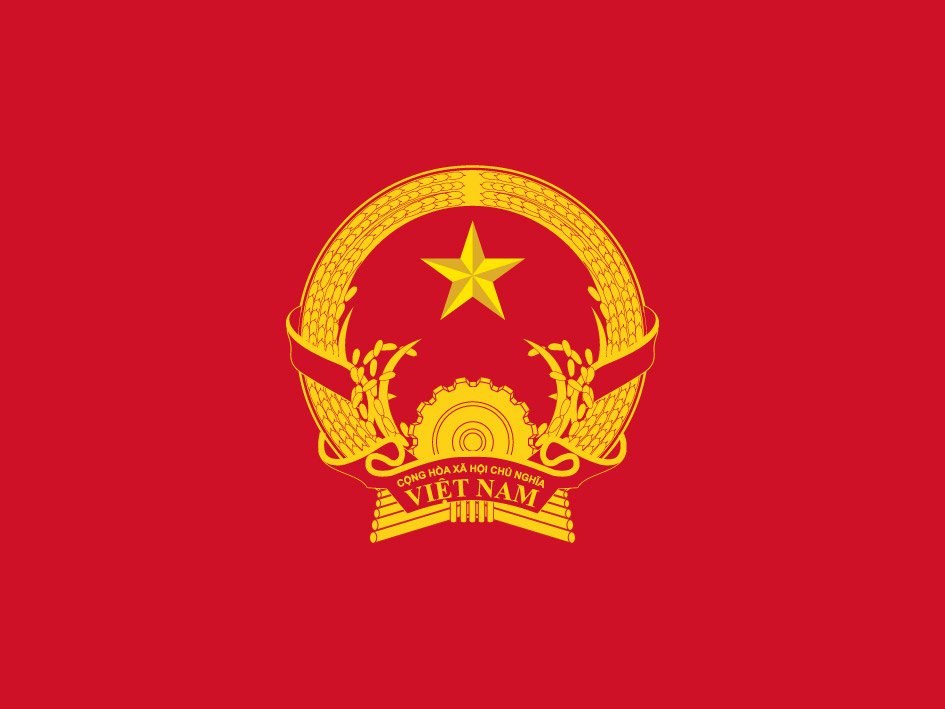
The five-pointed gold star in the centre symbolises the nation’s revolutionary history, the socialist regime led by the Vietnamese Communist Party and the country’s promising future; the rice surrounding the emblem symbolises agriculture; the cogwheel symbolises industry; finally, at the bottom of the emblem appears the title “Cộng hòa xã hội chủ nghĩa Việt Nam”, which designates the nation’s name and political regime.
National flag
The national flag of Vietnam was officially raised for the first time in Ba Dinh Square on the occasion of the founding of the Democratic Republic of Vietnam in 1945, when President Ho Chi Minh read out the declaration of independence. It is rectangular in shape, with its width equal to two-thirds of its length; in the middle of a red background is a five-pointed gold star.
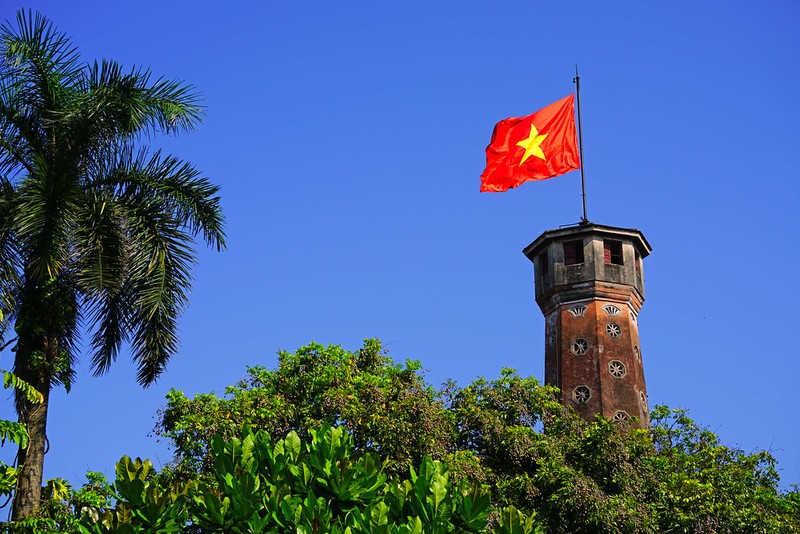
Red is an intense colour, reminiscent of the French Revolution in the past and representative of today’s societal revolution.
Another significance is that it refers to the blood sacrificed by Vietnamese soldiers in their great battles against invaders.
The star represents five main classes in Vietnamese society: intellectuals, farmers, workers, businessmen and the military.
It also shows the solidarity and connection of these five classes in society. The yellow colour of the star is the colour of the Vietnamese ethnic group, which also appears on other Vietnamese national symbols such as the national emblem.
Ao dai – traditional Vietnamese long dress
‘Ao dai’ (Vietnamese long dress) seems to be the most famous symbol of Vietnamese culture when referring to Vietnam. The first versions of the ‘ao dai’ appear to have been established in Vietnam from 1744.
However, it wasn’t until 1930 that the ‘ao dai’ appeared in part similar to what it is today, thanks to Cat Tuong, a Vietnamese tailor who greatly innovated an old traditional style by lengthening the top to the floor, adapting the bodice to the curves of the body and moving the line of buttons from the front to the left side of the body.
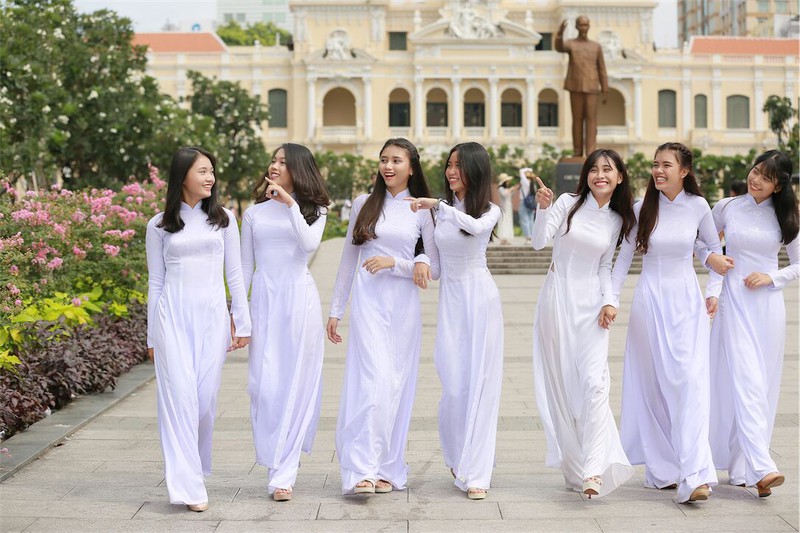
In addition, in 1950, two other Saigon tailors continually modernised the style by producing ‘ao dai’ with raglan sleeves.
This creates a diagonal seam running from the collar to the armpit and this style is still preferred today. The fact that its form-fitting top flows over wide trousers and that the slits in the dress extend well above the waist makes it comfortable and easy to wear.
Ao dai’ is known for “covering everything, but hiding nothing”, and it perfectly enhances the long, supple bodies of Vietnamese women.
Yet it still retains its traditional characteristics of flattering the decency and harmony of those who wear it. So it’s hard to find a more elegant, more discreet and yet sexier outfit for women of all ages than the symbol of Vietnamese national culture, the ‘Ao dai’.
Rice – an unofficial symbol of Vietnamese culture
For the Vietnamese, rice is much more than a staple food. It has played an important role in the evolution of society and economies. The development of rice paddies has always coincided with the development of the nation. It is no exaggeration to say that rice is the most influential factor in traditional Vietnamese culture and a driving force in history.
>>> Vietnamese rice, much more than a food
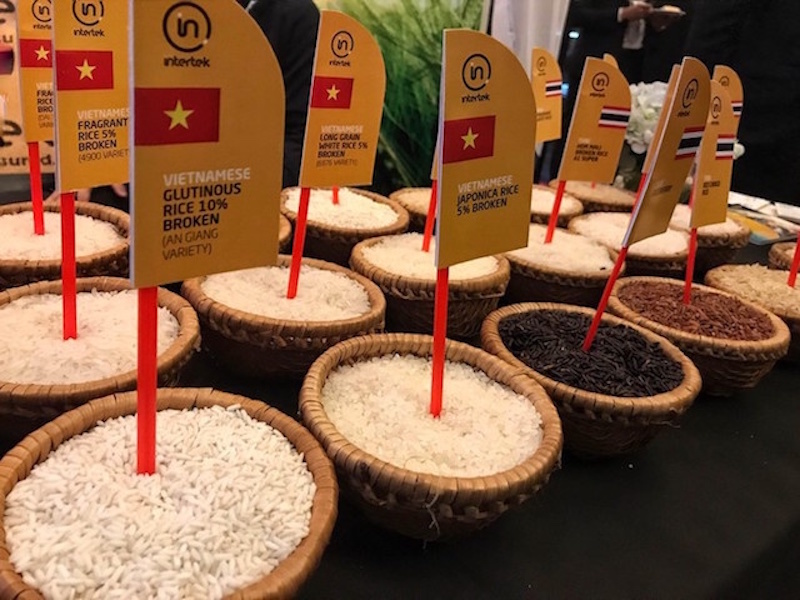
Rice is the most popular cereal, a staple in every Vietnamese meal. It also feeds the population and contains a hidden beauty that can embellish the already elegant Vietnamese culture.
Although many rice fields have recently been transformed into industrial zones, it remains an indispensable element in the images of traditional villages and Vietnamese culture. Rice is arguably an unofficial symbol of Vietnamese culture.
Lotus – the flower symbol
Lotus flowers are beautiful both in appearance and smell.
They gather close to the mud, but always retain a pleasant, pure and upright scent, just like the Vietnamese. Despite facing many difficulties, the Vietnamese always keep their souls pure and upright.
The lotus is deeply rooted in the minds and hearts of the Vietnamese people as a symbol of simplicity, hospitality and purity. The lotus also represents long life, health, honour and good fortune.
The Vietnamese consider the lotus to be one of the four gentleman’s flowers, along with pine, bamboo and chrysanthemum. Known as the ‘flower of dawn’, the lotus can be found all over the country along lakes and ponds.
The elegance of the lotus is often cited in Vietnamese folk songs and poems. Like rice, the lotus is also one of the unofficial symbols of Vietnamese culture.
Vietnam also has many unique and significant cultural symbols, such as the ‘non la’ (a Vietnamese hat in the shape of a conical leaf), the ‘Chim Lac’ (a type of bird found only in legend), the buffalo, the dragon, the unicorn, the tortoise, the phoenix, etc.
Non La – Vietnamese conical hat
Along with the graceful silk ‘ao dai’, the ‘non la’ has become a kind of informal Vietnamese cultural symbol recognised the world over.
The traditional conical hat retains a conical shape, made from straw and held on the head by a silk fabric chin strap that prevents the hat from slipping off the wearer’s head.
This traditional conical hat is particularly well suited to farmers in a tropical country like Vietnam, where the sun and heavy rain are as common as girls sulking.
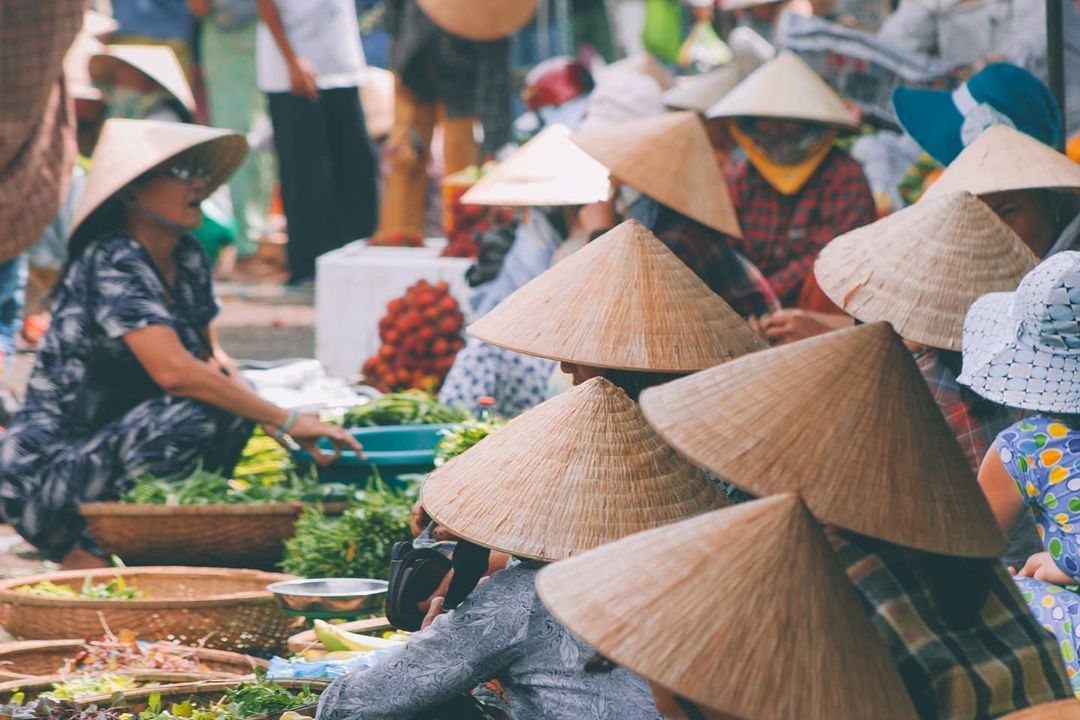
It can be used as a basin or bowl to hold water when they are thirsty, as a fan when they are hot, or as a basket for a bunch of vegetables.
On a romantic level, young couples can veil their kisses behind this traditional conical hat during their date.
The ‘Non la’ is popular throughout the country and is commonly found in famous villages and regions in the north, south and centre of Vietnam. Among them, the Chuong village in Thanh Oai, Hanoi is known as the most famous home of conical hats. The village has a reputation for making the finest, most durable, best-fitting and best-made ‘non la’ hats in the Northern Delta.
It is also available as a tourist souvenir, its surface skilfully decorated with Vietnamese national symbols to embody a message about the country’s unique charm and the grace of Vietnamese women.
In recent years, the ‘Non la’ has made its way into cultural presentations. The most remarkable dance was performed by beautiful young Vietnamese girls dressed in white ‘ao dai’ and ‘non la’.
This performance is seen as a remarkable recognition of the country’s performing arts culture. The gentle, supple movements of the dancers and the harmonious rhythm provide the audience with a soothing, calm repose.
Taken as a whole, this dance is an essential part of any artistic programme and is a wonderful representation and symbol of Vietnamese culture, national dress and traditional symbolism.
The ‘Non la’ may no longer be as commonly used in the daily lives of Vietnamese in the country’s urban areas, but the conical hat remains strongly symbolic of Vietnam and is still popular throughout the country.
For thousands of years, the ‘non la’ has been an integral part of Vietnamese life. If someone were to come across a white ‘non la’, it would undoubtedly symbolise Vietnamese charm, elegance and romance.
It’s a lasting impression for anyone visiting Vietnam. The ‘non la’ is not just a normal hat, but also one of Vietnam’s symbols of charm.
